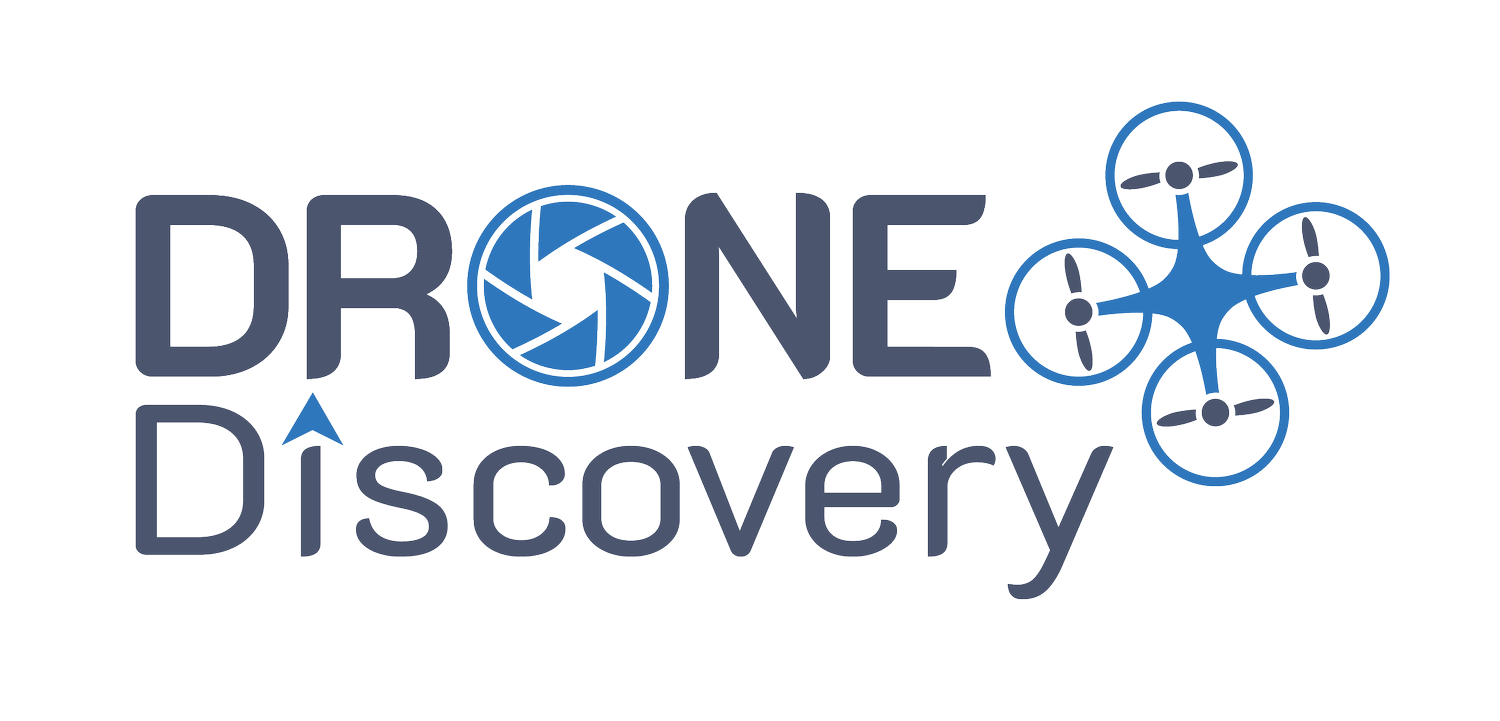Enhancing Accessibility and Reducing Anxiety with FPV Drone Tours
As immersive experiences grow in popularity, First-Person View (FPV) drone tours are emerging as a powerful tool for making spaces more accessible and reducing anxiety associated with navigating new environments. FPV drones offer a virtual, in-the-moment look at spaces that can serve people with accessibility needs and individuals who may feel anxious in unfamiliar settings. These tours provide valuable perspectives, allowing everyone to explore and familiarise themselves with spaces before arriving.
What Are FPV Drone Tours?
FPV drone tours use a small, agile drone equipped with a camera, flown through indoor or outdoor spaces to capture a first-person perspective of an environment. FPV drones create a lifelike experience, closely simulating the human experience of moving through space. This approach offers viewers an immersive experience, helping them to visualise layouts and familiarise themselves with the feel of a place before they arrive.
Reducing Anxiety through Familiarisation
New environments can be a source of anxiety for many people, especially those with social anxiety, autism or sensory sensitivities. FPV drone tours provide a way to explore these spaces in a safe, controlled manner that allows users to become acquainted with:
Building Layouts: A virtual tour of key areas, such as entrances, exits, toilets and common areas, helps visitors feel more comfortable and oriented before they arrive.
Crowd-Free Exploration: By experiencing the space without the presence of other people, viewers can see how the environment might feel empty, reducing the overwhelming feeling associated with crowds.
Navigation Clues: FPV tours provide detailed insights into specific landmarks, helpful for guiding visitors from one area to another without stress.
By using FPV drones to simulate a walkthrough, viewers can feel more confident navigating these areas once they arrive, helping to alleviate concerns about getting lost or finding specific facilities.
Improving Accessibility with Virtual Walkthroughs
FPV tours are also instrumental in helping individuals with disabilities or mobility challenges determine how accessible a space is. Virtual walkthroughs provide clarity about obstacles or accessibility features, giving individuals the information they need to plan ahead effectively. Key ways FPV drones support accessibility include:
Accessibility Features: FPV tours highlight ramps, lifts, accessible parking spots and other important features that make spaces easier for those with mobility aids to navigate.
Route Planning: Knowing the most accessible routes through a building in advance is invaluable for individuals who require specific paths to avoid steps or uneven ground.
Visualising Space Requirements: FPV tours allow individuals to assess the size of corridors, doorways and seating areas, helping them understand if there will be sufficient space for a wheelchair or other mobility equipment.
By offering comprehensive views of these critical features, FPV drone tours empower individuals with disabilities to feel more confident and autonomous when visiting new spaces.
Benefits for Various Settings
FPV drone tours are applicable across many environments where people might need additional support for accessibility or may experience anxiety in unfamiliar spaces:
Public Venues: Museums, theatres, libraries and stadiums can use FPV tours to showcase the layout, exits, toilets and accessibility features, helping all visitors to better plan and feel more comfortable.
Healthcare Facilities: Hospitals and clinics are often large, complex, and can be overwhelming. An FPV tour allows patients and visitors to familiarise themselves with check-in areas, waiting rooms and specific departments, alleviating anxiety before appointments.
Educational Institutions: Schools and universities can be intimidating for new students, especially those with special needs. FPV tours can familiarise students with essential areas, providing comfort and security before the first day.
Corporate Buildings: FPV drone tours of large corporate buildings can help new employees get a feel for the space, reducing anxiety about getting lost on the first day and promoting inclusivity by showcasing any accessible paths or facilities.
A Boost for Businesses and Organisations
Businesses and organisations that prioritise accessibility and mental wellness through FPV tours demonstrate a commitment to inclusivity and can attract a broader audience. By providing these tours, they cater to individuals who may otherwise be hesitant to visit or feel left out of in-person experiences.
Conclusion
FPV drone tours are more than just a marketing tool—they’re a powerful resource for enhancing accessibility, fostering inclusivity and reducing anxiety. By allowing people to experience spaces virtually, FPV tours make public spaces, businesses, and venues more welcoming, bridging the gap between physical limitations and digital solutions. In today’s world, these tours set a new standard for how spaces can support and empower all visitors.
